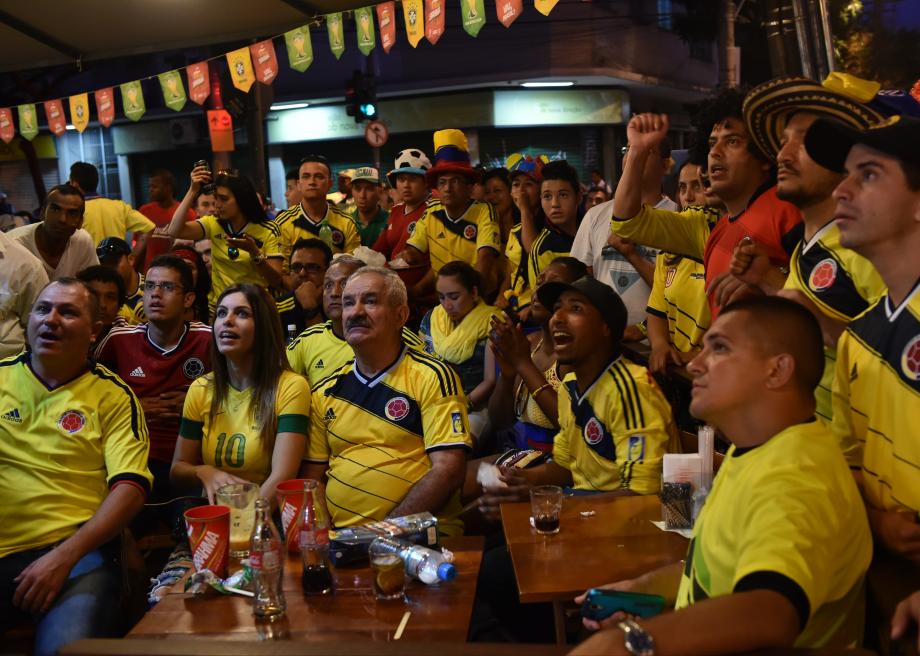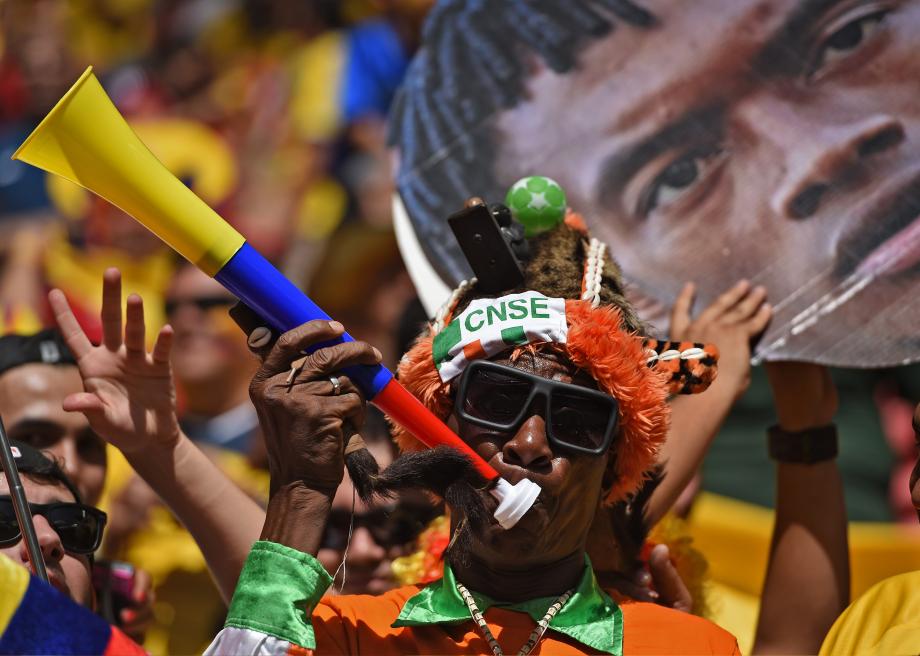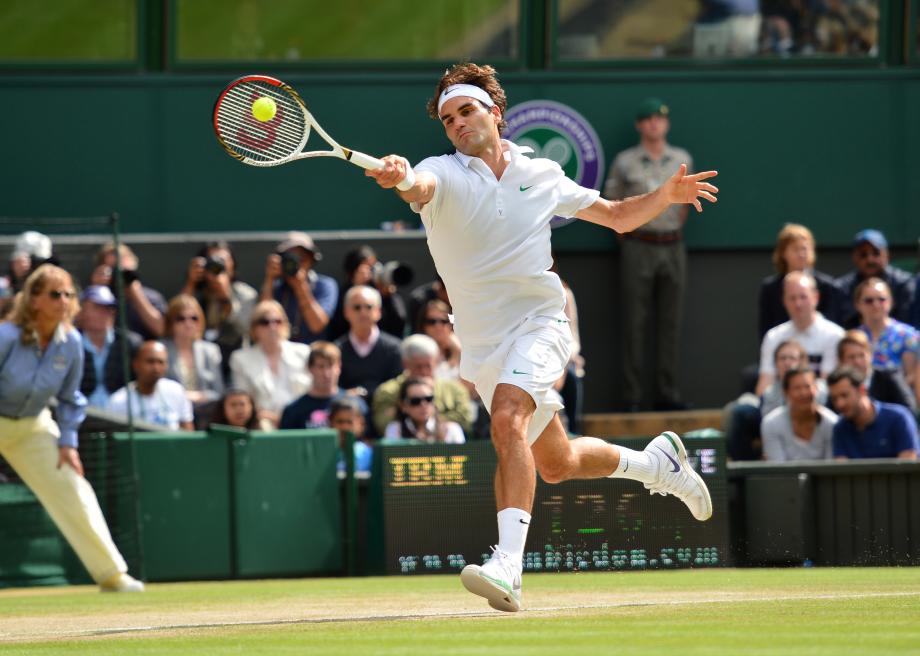Someone Designed the Soundtrack of That Live Sporting Event You’re Watching

Photo by Yasuyoshi Chiba/AFP/Getty Images
Roman Mars’ podcast 99% Invisible covers design questions large and small, from his fascination with rebar to the history of slot machines to the great Los Angeles Red Car conspiracy. Here at The Eye, we cross-post new episodes and host excerpts from the 99% Invisible blog, which offers complementary visuals for each episode.
This week's edition—about designing sounds for sporting events—can be played below. Or keep reading to learn more.
Way back in October 2011, we broadcast a short excerpt of a radio documentary produced by Peregrine Andrews about faking the sounds of sports on TV broadcasts. It was one of our most popular and provocative programs ever, primarily because people were shocked that any aspect of a sporting event might be faked. Since then, I’ve received several requests from the audience asking where they can hear the full-length documentary. Well today, my friends, you are in luck.
When we think of the sound of sports on TV or radio, it’s generally commentary. But sports broadcasts would be nothing without all the sounds that are behind the commentary—the crowds, the kicks, the thwacks, and the grunts.
During the 2010 World Cup, the constant noise of vuvuzelas made many people realize that the sound of a sports event, something they took for granted, does matter.

Photo by Pedro Ugarte/AFP/Getty Images
Dennis Baxter’s job is to design the sound of sports, and he is our guide in this documentary. For nearly 20 years he’s worked on the Olympics, defining how the broadcast will sound, always trying to increase drama and excitement. For him, closer is generally better. If he can put a microphone on an athlete, he will.
At the Oxford-Cambridge boat race, the TV coverage is enhanced by microphones on the cox in each boat. Wimbledon has a special sonic drama all of its own, as we learn from Bill Whiston, who mixed the sound of the 2008 finals. When good sound isn’t available, it’s not uncommon for a prerecorded sound to be added to cover the shot.

Photo by Leon Neal/AFP/Getty Images
The experience of “live” events can be highly produced, very different from the experience of being there. Is this enhanced sound so very different from that of a film or a video game? We meet a Hollywood sound effects specialist and a video game sound designer to find out what they do to create a sense of authenticity and excitement. Are they raising our expectations of how “real” sporting events should sound?
To learn more, check out the 99% Invisible post or listen to the show.
99% Invisible is distributed by PRX.
